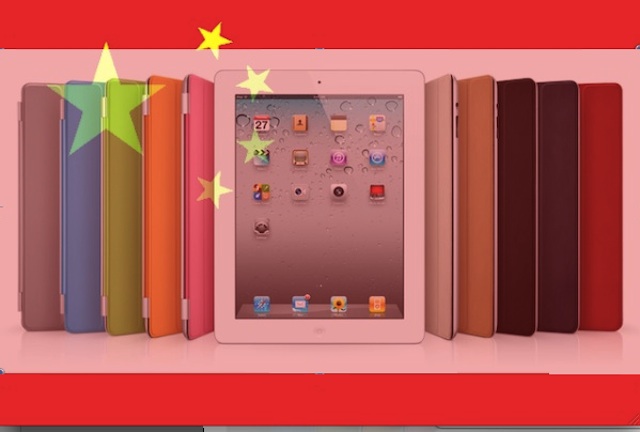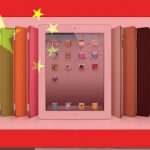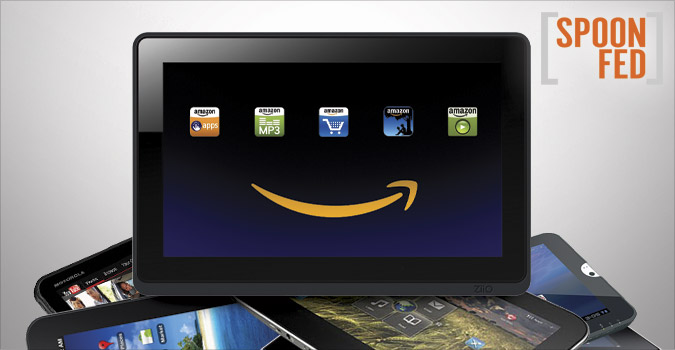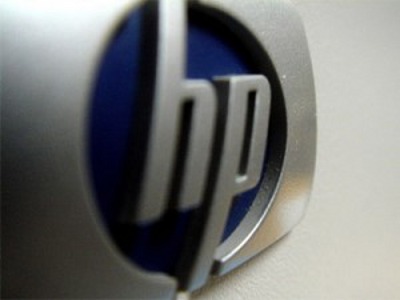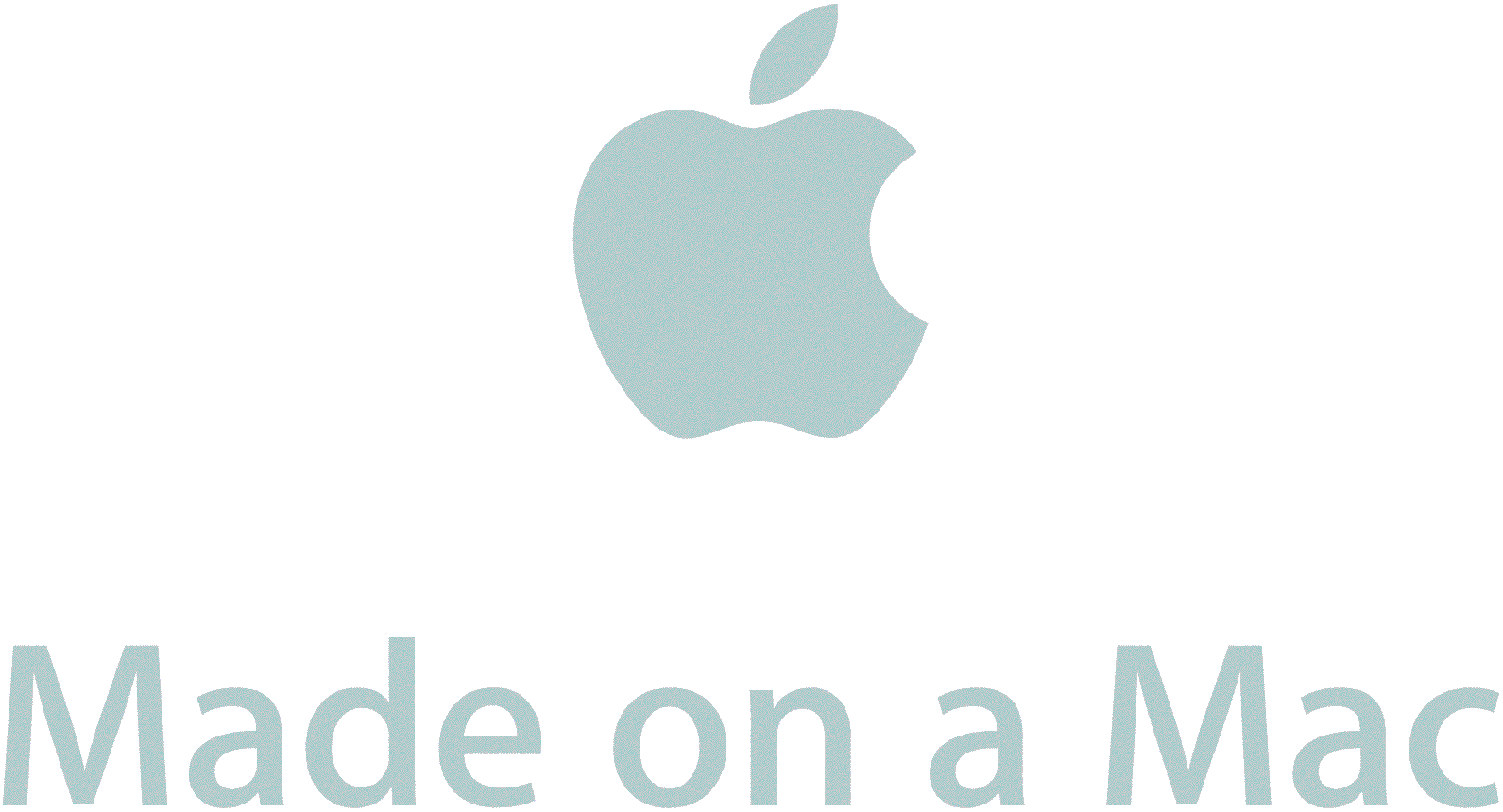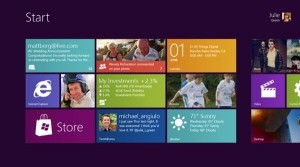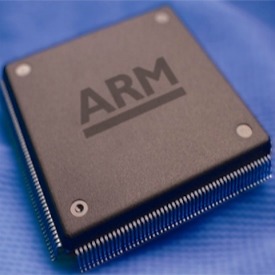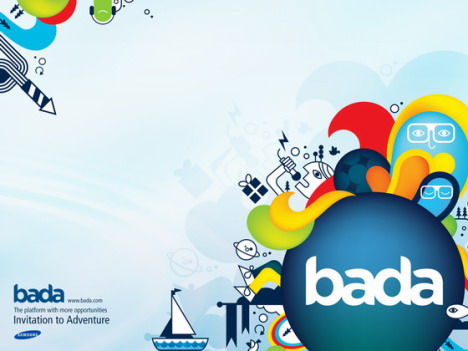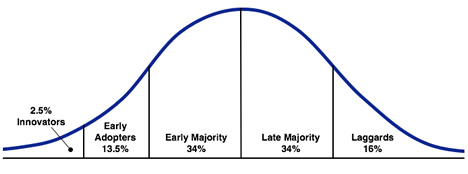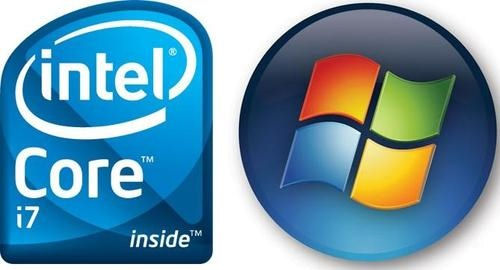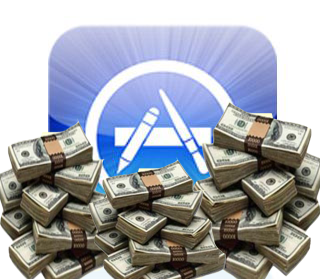 I have been surveying the collective schools of thought related to the Amazon Kindle Fire launch. One thing that many writing publicly on the matter emphasize is the price of the Fire and rightly so. $199 is an aggressive price but I would argue that price is not everything when it comes to personal technology.
I have been surveying the collective schools of thought related to the Amazon Kindle Fire launch. One thing that many writing publicly on the matter emphasize is the price of the Fire and rightly so. $199 is an aggressive price but I would argue that price is not everything when it comes to personal technology.
Those that incorrectly believe the Kindle Fire is a threat to the iPad use words like commoditization of hardware. Again the common logic is that because one competitor comes in at a lower price it will force the market down. This however is entirely incorrect.
There will be some who try to compete on price with Amazon however they will likely fail and either lose a ton of cash attempting to compete or exit the tablet market entirely.
Apple however has no need to get more aggressive on price with any of their products.
Related Articles:
Apple Doesn’t Want to Sell Corollas
Why Apple Can’t Chase the Low End
What is key to understand is that if Amazon did not have a robust services business as a retailer and distributor of digital media the Kindle Fire would not be successful even at $199.
This statement is made clear in Jeff Bezos quote to Brad Stone in his Business Week Article.
“What we are doing is offering premium products at non-premium prices,” Bezos says. Other tablet contenders “have not been competitive on price” and “have just sold a piece of hardware. We don’t think of the Kindle Fire as a tablet. We think of it as a service.”
I have said before that the Kindle is to Amazon what a retail store is to Wal-Mart. The Kindle represents access to Amazon’s services.
That philosophy is made clear when Bezos states that they don’t view the Kindle as a tablet but instead as a service.
This backs up my point that without the backing of the Amazon services the tablet would fail even at $199. Subsidizing hardware in order to make up revenue on the services is a strategy employed by many. However it only works when a service powers the hardware.
What Could Really Change the Game
I’ve had this discussion lately with a few other analysts around whether or not Amazon ultimately wants to be in the hardware business. Right now they have to in order to gain market momentum and validate their service with hardware.
What could be very interesting is if Amazon gave away or licensed their software for other tablet vendors. This would allow for hardware innovation in and around Amazon’s ecosystem. If the business model panned out Amazon could even include hardware partners in the services revenue over time. Amazon already has revenue sharing business models in place so this is not a stretch to imagine.
Amazon does not have the desire or expertise to make extremely elegant hardware. Which is why it is interesting to think about the possibility of letting those who have hardware expertise design some innovative hardware around the Amazon software and services platform.
Like Google, Amazon is a services company who thinks about hardware and software as a way to access their services.
The other thing this strategy would do is put pressure on Google with Android. If Amazon’s Android fork can provide a better experience and economics for hardware partners and developers Android could be in trouble.
Price is important but I contend it isn’t everything. Just because products are cheap it doesn’t mean they are quality in all aspects of experience.
We will see what the reviews have to say once they actually get to review the Fire. My sense though is that everyone will make a bigger deal of the experience with the Amazon services over the hardware.



